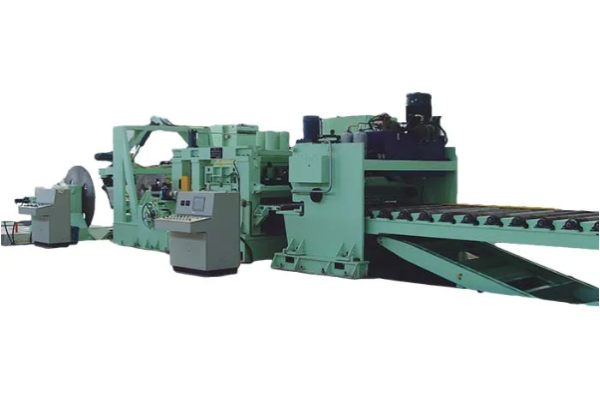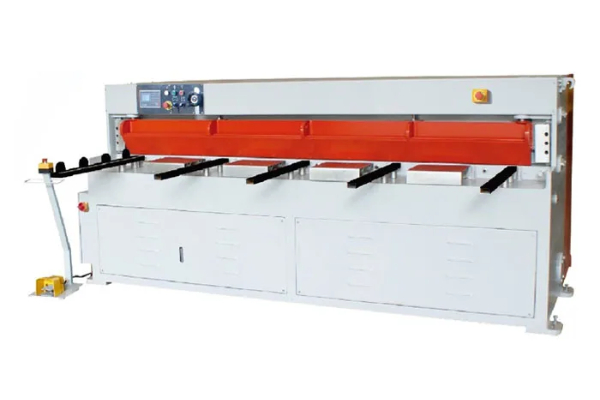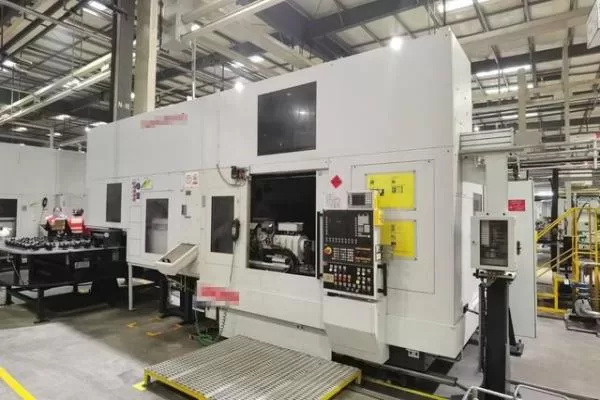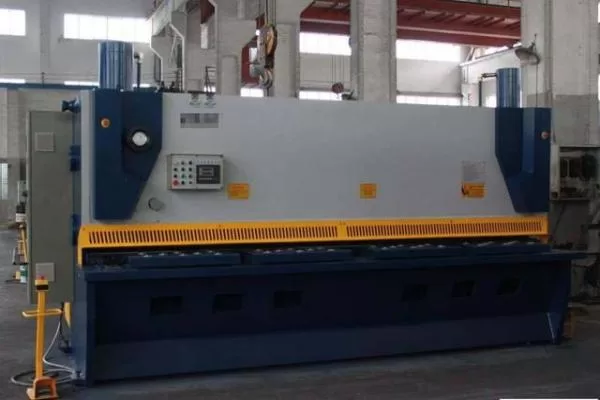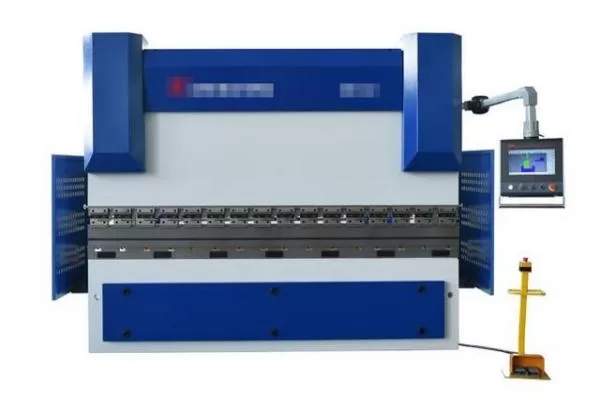
Designing Complex Shapes with Metal Plate Bending Machines
- By:Metmac
- 2024-07-10
- 110
Designing complex shapes with metal plate bending machines requires precision, expertise, and advanced technology. These machines offer a range of capabilities for transforming flat metal plates into intricate and functional components. Here’s a comprehensive overview of metal plate bending machines and their applications in shaping complex forms.
Types of Metal Plate Bending Machines
There are several types of metal plate bending machines, each with its own advantages and applications:
– Press Brakes: These machines use a punch and die to bend metal plates along straight lines or simple curves.
– Rolling Machines: These machines use rollers to gradually bend metal plates into cylindrical or conical shapes.
– Rotary Bending Machines: These machines rotate a conical or cylindrical mandrel to bend metal plates into complex shapes.
– Hydroforming Machines: These machines use pressurized fluid to form metal plates into complex shapes without the risk of tearing or wrinkling.
Bending Techniques
Metal plate bending involves a variety of techniques to achieve different shapes and angles:
– Air Bending: Bending metal plates with a punch and die, allowing for air to escape between the plate and die.
– Bottom Bending: Bending metal plates with a punch positioned below the die, resulting in a sharper bend.
– Flange Bending: Creating a 90-degree bend in a metal plate to create a flange or lip.
– Hemming: Folding over the edge of a metal plate to strengthen it or create a decorative element.
– Roll Bending: Using rollers to gradually bend metal plates into cylindrical or conical shapes.
Factors to Consider
When designing complex shapes with metal plate bending machines, several factors must be considered:
– Material: The type of metal plate affects its bendability and the bend radius that can be achieved.
– Thickness: The thickness of the metal plate influences the difficulty of bending and the bend radius.
– Bend Angle: The desired bend angle determines the machine’s capacity and the bending technique required.
– Bend Radius: The minimum bend radius that the machine can achieve without causing damage to the metal.
– Mandrel Size: For rotary bending machines, the mandrel size determines the maximum diameter of the bend.
Applications
Metal plate bending machines find applications in a wide range of industries, including:
– Automotive: Bending metal plates for car bodies, bumpers, and exhaust systems.
– Aerospace: Creating complex shapes for aircraft wings, fuselages, and engine components.
– Construction: Fabricating metal frames, roofing, and cladding.
– Consumer Products: Producing appliances, furniture, and electronic enclosures.
– Medical: Bending metal plates for surgical instruments and medical devices.
Conclusion
Designing complex shapes with metal plate bending machines requires meticulous planning, advanced technology, and skilled operators. By carefully considering the material, thickness, bend angle, bend radius, and other factors, manufacturers can achieve intricate and functional components that meet the demands of modern industries.
-
Advanced Sheet Metal Rolling, Cutting, and Folding Machines for Efficient Fabrication
2025/10/22 -
High-Precision Sheet Metal Bending and Cutting Solutions for Modern Manufacturing
2025/10/22 -
High-Precision Solutions from Leading Sheet Metal Cutting Machine Manufacturers
2025/09/11 -
Reliable Sheet Metal Equipment for Sale to Support Precision Fabrication
2025/07/17
-
High-Performance Sheet Metal Equipment for Sale: Forming and Shearing Solutions for Modern Fabrication
2025/10/22 -
Precision and Performance: Advanced Sheet Metal Processing Solutions
2025/10/17 -
Advanced Sheet Metal Press, Shearing, and Forming Machines
2025/10/17 -
High-Performance Sheet Metal Laser Cutting Machines for Sale — Precision and Efficiency Combined
2025/10/17
-
A Guide to the Latest Innovations in Sheet Metal Folding Machines
2024/11/29 -
Key Features to Consider When Investing in a Sheet Metal Folding Machine
2024/11/28 -
Enhancing Precision with Advanced Sheet Metal Folding Machines
2024/11/27 -
How to Choose the Right Sheet Metal Folding Machine for Your Workshop
2024/11/26
